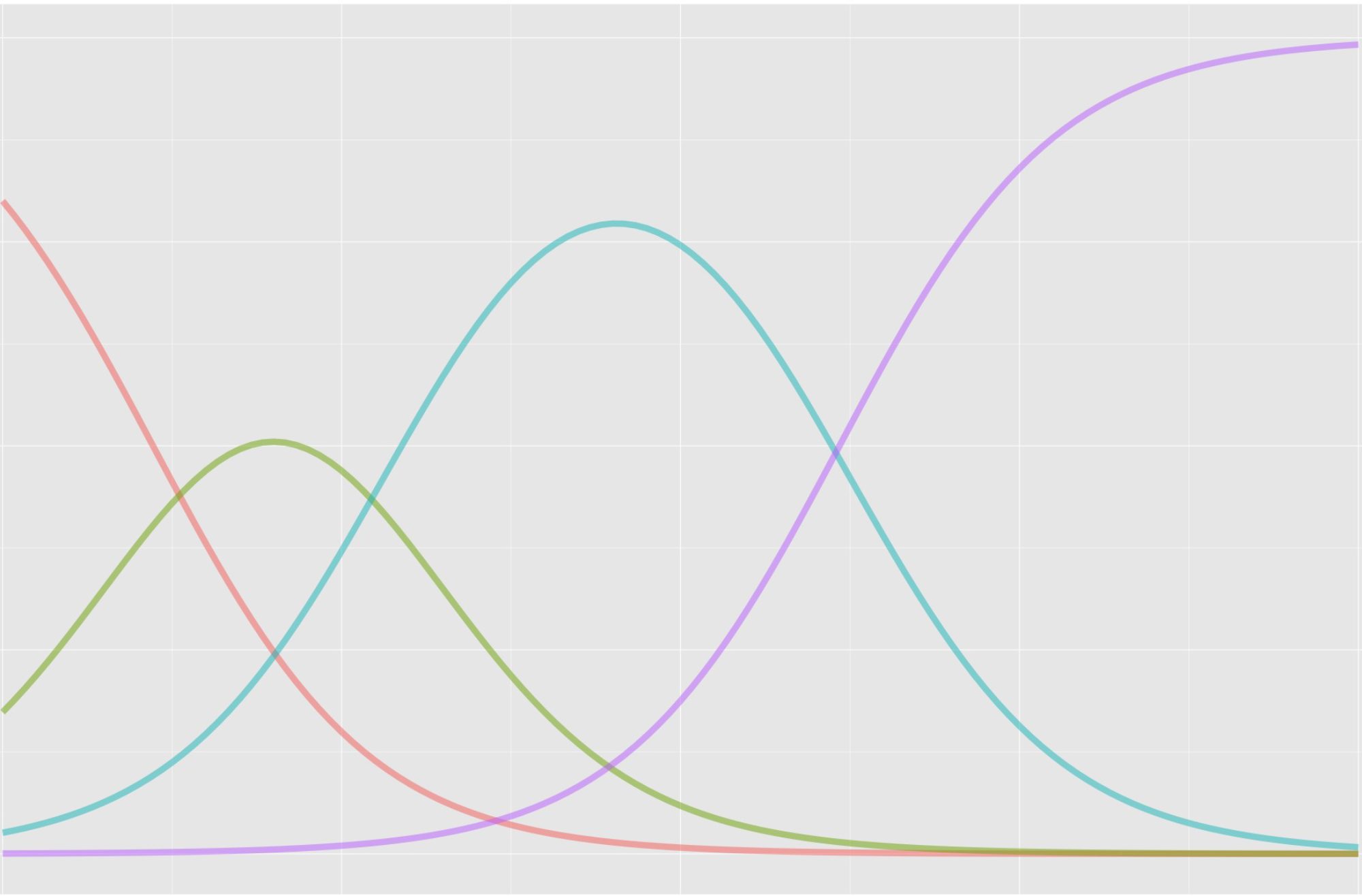A colleague and I recently published a paper in Applied Psychological Methods titled Linking With External Covariates: Examining Accuracy by Anchor Type, Test Length, Ability Difference, and Sample Size. A pre-print copy is available here.
As the title suggests, we looked at some psychometric situations wherein the process of linking measurement scales could benefit from external information. Here’s the abstract.
Research has recently demonstrated the use of multiple anchor tests and external covariates to supplement or substitute for common anchor items when linking and equating with nonequivalent groups. This study examines the conditions under which external covariates improve linking and equating accuracy, with internal and external anchor tests of varying lengths and groups of differing abilities. Pseudo forms of a state science test were equated within a resampling study where sample size ranged from 1,000 to 10,000 examinees and anchor tests ranged in length from eight to 20 items, with reading and math scores included as covariates. Frequency estimation linking with an anchor test and external covariate was found to produce the most accurate results under the majority of conditions studied. Practical applications of linking with anchor tests and covariates are discussed.
The study is somewhat novel in its use of resampling at both the person and item levels. The result is a different sample of test takers taking a different sample of items at each study replication. I created an Rmarkdown file (saved as txt) that demonstrates the process for a reduced set of conditions.
